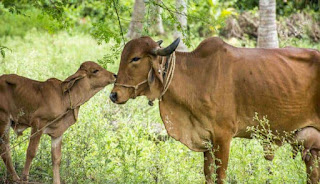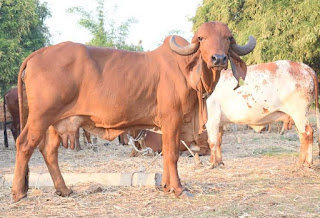
A1 and A2 Milk The National Bureau of Animal Genetic Research has recently demonstrated the superior milk quality of Indian cattle breeds. After scanning 22 cattle breeds, scientists concluded that in five high milk-yielding native breeds – Red Sindhi, Sahiwal, Tharparkar, Rathi, Kankrej, Khilar, Dangi, Gir – the status of A2 allele of the beta casein gene was 100 per cent. In other Indian breeds it was around 94 per cent, compared to only 60 per cent in exotic breeds like Jersey and HF. The A2 allele is responsible for making available more Omega-6 fatty acids in milk. The pure Indian breed desi cow produces A2 milk, which contains less Betacosmophorine-7 (BCM-7), as opposed to the hybrid cows which generally produce A1 milk. Benefits of Desi Cow Milk and Ghee · As per Ayurvedic tradition, Cow Ghee helps in the growth and development of Children’s brain · ...


